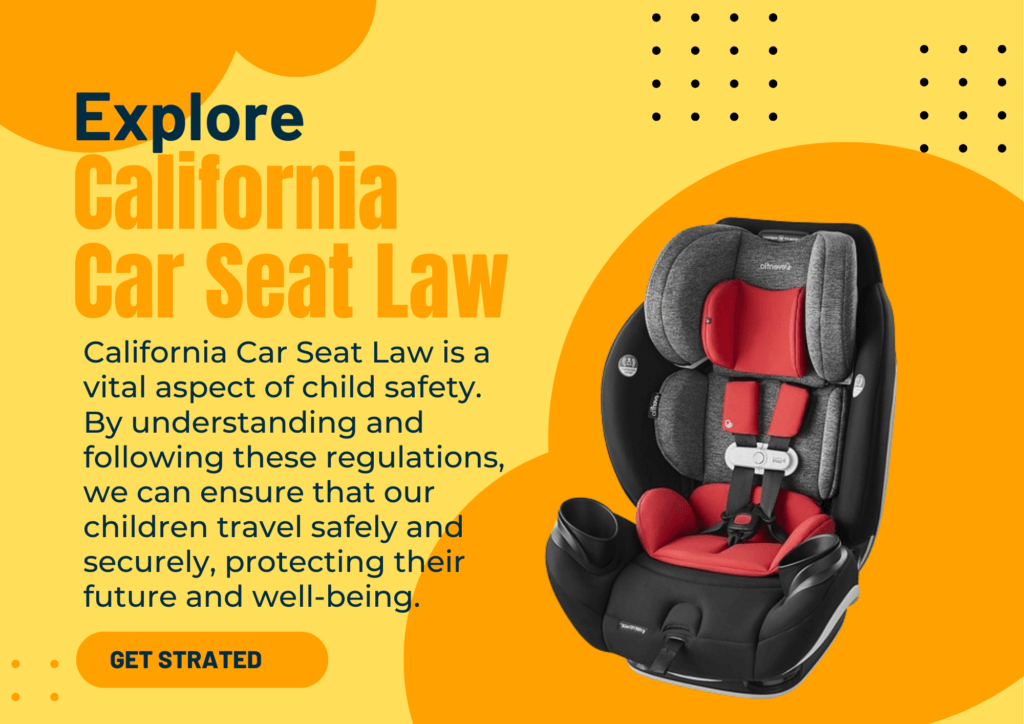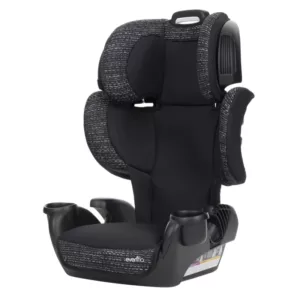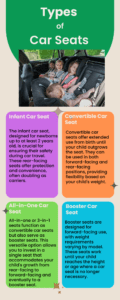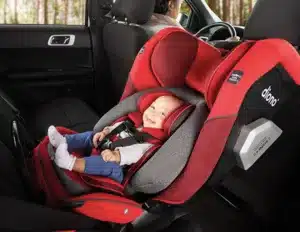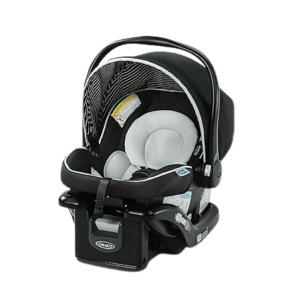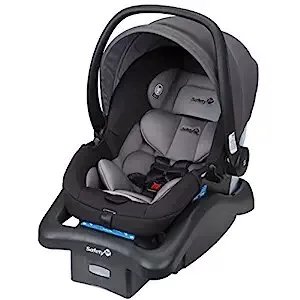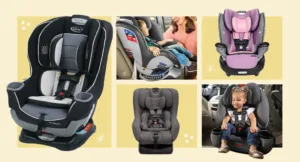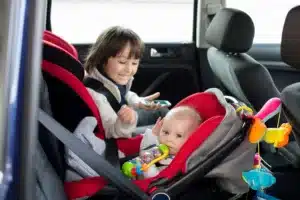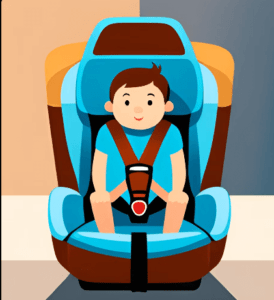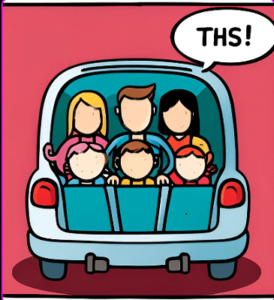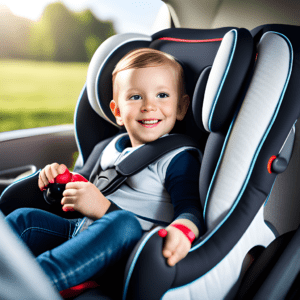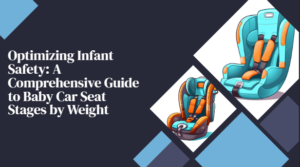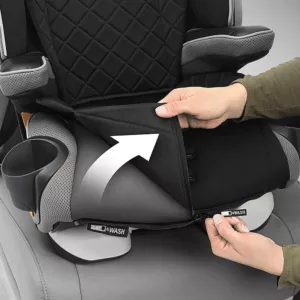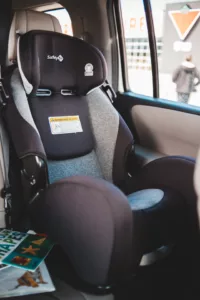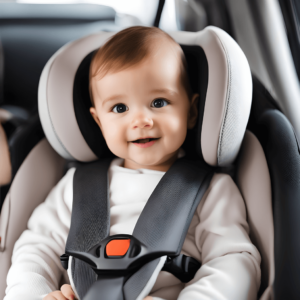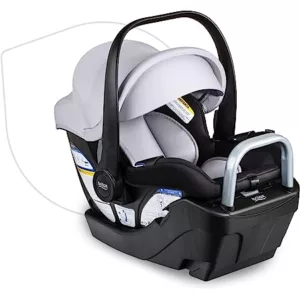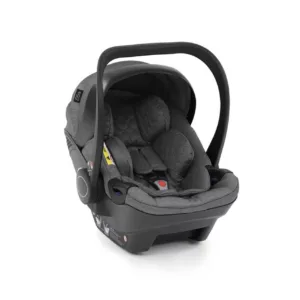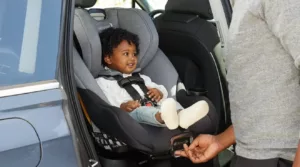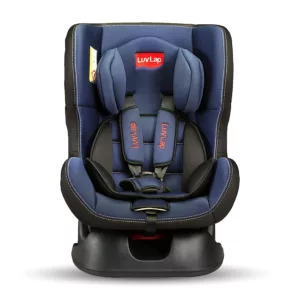In the vast landscape of child safety regulations, few mandates are as paramount as California Car Seat Laws. These regulations form the cornerstone of responsible care-giving on the road. Let’s journey through the intricate web of California Car Seat Laws, ensuring our children ride with the utmost protection and security.
Thank you for reading this post, don't forget to subscribe!Deciphering the Legislation – California Car Seat Law Unveiled
California is a beacon of responsibility in child safety, boasting a robust framework of Car Seat Laws meticulously designed to safeguard our young travellers. From infants to preteens, these laws leave no stone upturned in ensuring every child is safe while journeying through the Golden State.
California Car Seat Laws are designed to address the specific needs of children at various developmental stages. From infancy to adolescence, the regulations provide guidelines for proper restraint systems to minimise the risks associated with vehicular accidents.
Info-Graphics California Car Seat Law
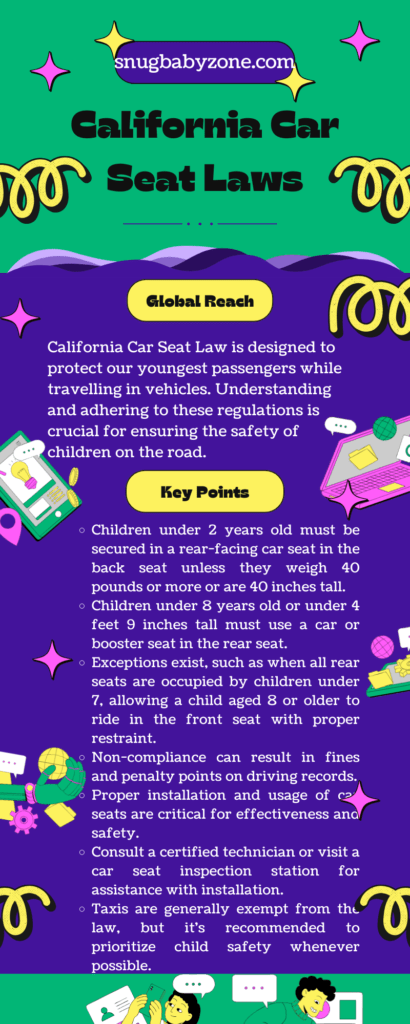
Birth to 2 Years – Rear-Facing Safety Car Seat Laws California
For the youngest passengers under 2 years of age, the law requires using rear-facing child restraint systems that meet federal motor vehicle safety standards. This crucial safety measure ensures optimal protection, considering the vulnerability of infants and toddlers in a collision.
Under 8 Years Old – Car Seat California Laws Back Seat Protection
Children under 8 must occupy the rear seat and be secured in a car seat, meeting federal safety standards. This regulation emphasises the importance of positioning children in the safest area of the vehicle, reducing potential injury risks in accidents.
Exceptions and Flexibility – Car Seat Laws in California Tailoring Safety Measures
While adhering to the guidelines is essential, exceptions may apply based on factors such as a child’s weight, height, or medical condition. The law acknowledges that more than a one-size-fits-all approach might be needed, allowing for flexibility in certain situations.
Transition to Seat Belts – Car Seat Laws California Growing Safely
Children under 8 years old who surpass a height of 4 feet 9 inches may use a seat-belt, provided it fits them properly. This transition ensures that children remain adequately restrained based on their size and developmental stage.
Penalties and Prudence – Car Seat Law California the Cost of Non-Compliance
Compliance with California Car Seat Laws is not just a legal requirement but a vital step in safeguarding our children. Violations may lead to legal consequences, including fines and potential prosecution for child endangerment.
The consequences of disregarding California Car Seat Laws are not to be trifled with. Fines ranging from $100 to $250 serve as reminders of the gravity of child safety, urging caregivers to tread with caution and prudence on the roadways of the Golden State.
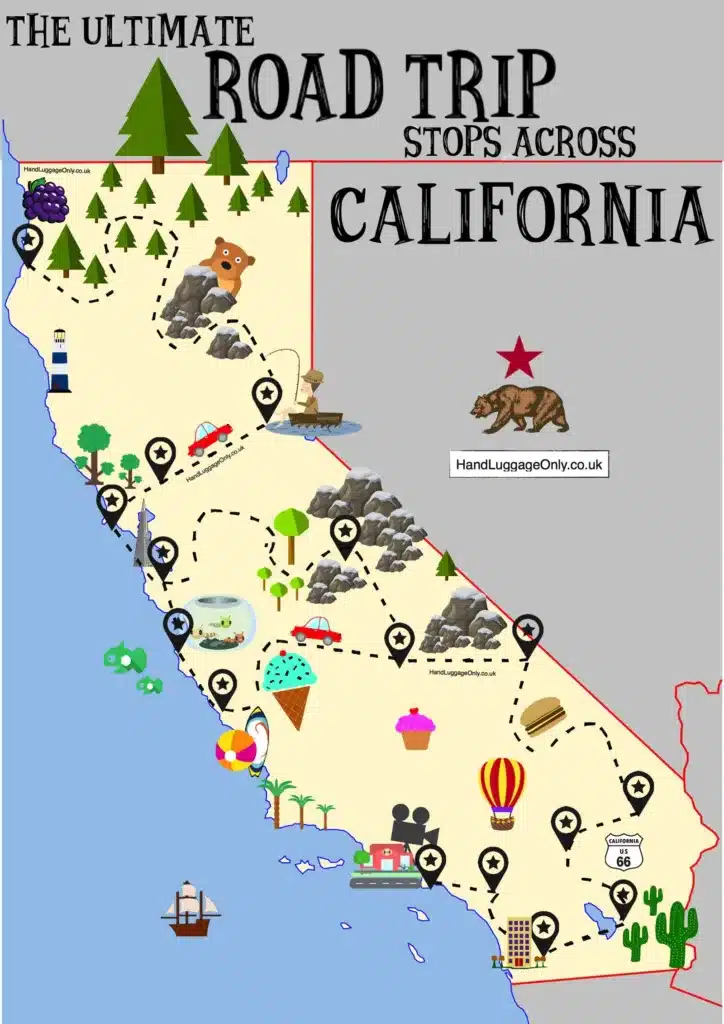
Navigating the Gray Areas – Car Seat Laws in California Exceptions and Enforcement
While California Car Seat Laws are steadfast in their resolve, exceptions flicker amidst the regulatory canvas. In the rare instance where all rear seats cradle children under 7, the front seat extends its hospitality to passengers aged 8 or above. Yet, even amidst these exceptions, the law stands resolute, demanding adherence to booster seats or snug seat belts for the safety of our precious cargo.
A Symphony of Safety – Harmonising Installation and Usage
In the orchestra of child safety, proper installation and usage of car seats form the melodic strains that resonate with protective fervour. Following manufacturer’s instructions meticulously, ensuring a snug fit, and regular checks for recalls compose the sonnet of safety, ensuring our little travellers embark on their journeys wrapped in security.
Empowering Caregivers – Education and Inspection Stations
Empowering caregivers with knowledge is the cornerstone of California’s approach to child safety. Car seat inspection stations, staffed with certified technicians, stand as beacons of guidance, offering hands-on assistance in navigating the labyrinth of car seat installation, ensuring every child rides forth into the world with an armor of protection.
In Conclusion – California Car Seat Law A Tapestry of Responsibility
As we traverse the highways and byways of California, let us weave a tapestry of responsibility, with California Car Seat Laws serving as the warp and weft of our journey. For in the realm of child safety, there is no compromise – only unwavering dedication to safeguarding the future of our young passengers.
Table of Contents
Toggle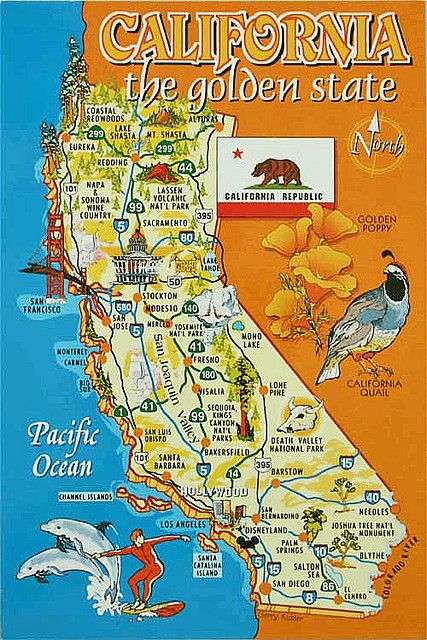
Frequently Asked Questions California Car Seat Law
What are the age and weight requirements for car seats in California?
Children Under 2 Years Old:
- Any child under the age of 2 must be secured in a rear-facing car seat in the vehicle’s back seat. This regulation is in place to provide optimal protection for infants and toddlers whose necks and spines are still developing and are more susceptible to injury in the event of a crash. However, if a child under 2 years old weighs 40 pounds or more or is 40 inches tall or taller, they may transition to a forward-facing car seat.
Children Under 8 Years Old:
- Children under the age of 8 years or under 4 feet 9 inches tall must be secured in a car seat or booster seat in the rear seat. This requirement ensures that children are properly restrained and protected while traveling in vehicles, considering their size and developmental stage.
Children Over 8 Years or Taller Than 4 Feet 9 Inches:
- Once children exceed the above age and height criteria, they may use the vehicle’s seat belt. However, ensuring the seat belt fits correctly and snugly securing the child is essential. If the seat belt does not fit properly, it’s advisable to use a booster seat for added safety.
When Can My Child Ride Without a Booster Seat in California?
- In California, children can ride without a booster seat when they meet specific criteria, typically related to age, height, and weight. While the law sets a minimum age of 8 for transitioning to using the vehicle’s seat belt, it’s essential to consider other factors, such as the child’s height and whether the seat belt fits properly.
- If a child is over 8 years old but is still not tall enough to have the seat belt appropriately fit – meaning it does not lie across the upper thighs snugly, not the stomach and the shoulder belt crosses the chest and collarbone – it’s safer to continue using a booster seat until they meet the recommended criteria for safe seat belt use.
Does a 7-Year-Old Need a Car Seat in California?
- A 7-year-old typically needs a car seat or booster seat in California unless they meet specific exceptions. California law mandates that children under 8 years old or less than 4 feet 9 inches tall must be secured in a car seat or booster seat in the vehicle’s rear seat. It means that a 7-year-old who does not meet the height or developmental requirements for using the vehicle’s seat belt alone should continue using a car seat or booster seat for optimal safety.
Can my child ride in the front seat in California?
- While California allows children to ride in the front passenger seat when they are 8 years of age or older, it’s essential to prioritise safety. Children are safer in the back seat due to the risks associated with front airbags. If the vehicle’s rear seats are occupied by children under 7 or are unsuitable for installing a child restraint system, a child aged 8 or older may ride in the front seat, provided they are securely fastened with a seat belt.
Are there specific requirements for installing car seats in California?
- Yes, proper installation of car seats is crucial for ensuring their effectiveness. California recommends meticulously following the manufacturer’s instructions and securing the car seat tightly to prevent excessive movement. Car seats should permanently be installed in the back seat, away from airbags. Additionally, it’s advisable to consult a certified technician or visit a car seat inspection station for guidance on proper installation.
Are taxis exempt from California Car Seat Law?
- Yes, taxis are generally exempt from California Car Seat Law. However, it’s still recommended to prioritize child safety by using a car or booster seat whenever possible, even in taxis. If a child restraint system is not available or practical, caregivers should ensure that the child is securely fastened with a seat belt in the back seat of the taxi.
What should I do if I receive a ticket for violating California Car Seat Law?
- If you receive a ticket for violating California Car Seat Law, it’s essential to address it promptly. Ignoring the ticket can result in further penalties and legal consequences. You may contest the ticket with legal defenses such as demonstrating an emergency, proving a medical condition that makes compliance impractical, or showing that the child’s parent or legal guardian was in the vehicle.
Are car seat violations considered in personal injury lawsuits in California?
- Yes, car seat violations can affect personal injury lawsuits in California. If a driver fails to comply with car seat laws and causes an accident resulting in injuries, they may be deemed negligent per se. It means that negligence is presumed based on violating a statute or ordinance. Negligence per se can impact the outcome of a personal injury lawsuit, potentially leading to liability for damages resulting from the accident.
Related Resource:
